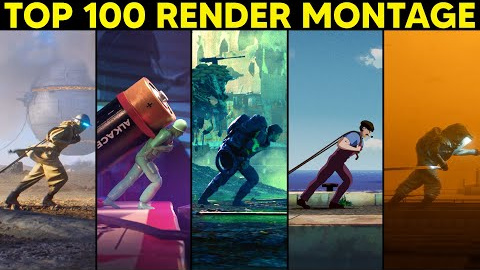Stålenhag’s most personal work yet, Swedish Machines explores masculinity, friendship, and sexuality in a queer science fiction tale about two young men stuck in the past – and in each other’s orbit. Their story spans decades, as fleeting moments become defining memories, and they set out to explore a mysterious forbidden zone together.
I got all of his other books and naturally just backed it immediately.




